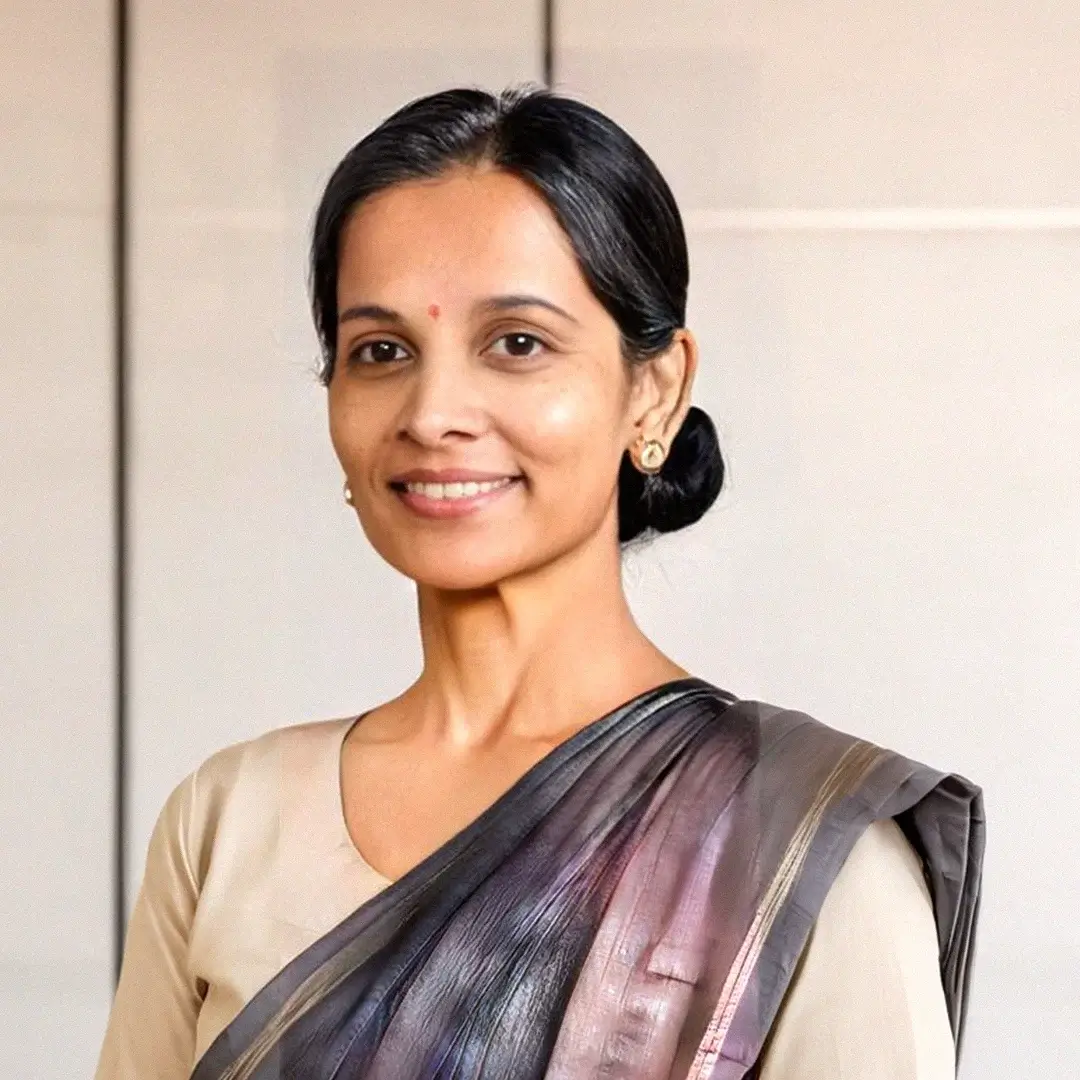Home › Intellectual property
Learn more about Intellectual Property in India
The purpose of intellectual property is to protect and enhance the value of immaterial creations, qualified as intangible goods. One can consider as such creation, innovation or invention. This intellectual property can be divided into two categories, with literary and artistic property on the one hand, and industrial property on the other. Literary and artistic property governs the rights of “works of the mind”, such as copyright and related rights (in particular rights relating to software). Industrial property guarantees the protection of utilitarian works such as patents, trademarks, domain names or geographical indications. In a country of nearly 1.4 billion inhabitants, the protection of intellectual property rights is of major importance for companies wishing to develop both on a national and international market.
Table of contents
What is a Patent?
Applicable law
The patent law in India has been in existence since 1856 with the Act VI on protection of inventions, and has its origin in the British Patent Law of 1852, due to the colonial period. This legislation has undergone numerous modifications up to the present day. By ratifying the Paris Convention in 1998, India allows citizens of member countries to file patents on its territory. Its adherence to the PCT allows it to accelerate the procedure of obtaining a patent.
The applicable law today is governed by the Patent Act of 1970, last amended in 2005 to broaden its scope of protection.
This law specifies in particular the inventions that are not patentable on the territory (inventions contrary to public order, morality, plants and animals…). India shows a certain hostility towards patent applications in pharmaceutical or chemical matters.
However, new or small companies are largely encouraged to file their patents, with facilitated procedures for them. Indeed, under the 2016 Patent Rules, the procedural costs for such companies are lowered.
A 2020 amendment (Patent Amendment Rules, 2020) relaxes some of the rules regarding the reporting obligations of patent holders.
Formalism of patent filing
The interested person, to find out if a patent already exists for a similar invention, performs a search in the database of the Indian Data Office, free of charge.
Once the application is filed, the Office issues an examination report, specifying certain requirements to be met. The patent applicant must then comply with these requirements. If the application is found to be valid, the patent can be granted, unless an opposition is filed by a third party.
Effects of patent registration
The owner of a patent in India enjoys the exclusive right to make and use the subject matter of an invention. He may also object to the reproduction, use, making, distribution or sale by a third party for commercial purposes without his authorization. The authorization, if any, is characterized by the granting of a license to another person. Prior to 2002, the term of validity of a patent was 14 years. Since then, this period has been increased to 20 years from the date of filing of the application, including for pharmaceutical products. Under the Patent Cooperation Treaty (PCT), the starting point of the 20-year term is the date of international filing.
🔗 For more information, please visit our page about Patent in India.
What is Copyright?
Legal framework
Copyright is governed by the Copyright Act of 1957, last amended in 2012.
Protected works are literary, musical and artistic, dramatic, but also films and phonograms. Digital rights are also protected, such as software, databases and audiovisual communication companies.
In the case of works deposited by a foreign author, the Copyright Act recognizes their protection if the work was first published in India, in the case of reciprocity of this rule with the State of origin of the author; if the author is domiciled in India or if, in the case of a work of architecture, it is located in India.
With the ratification by India of the Berne Convention in 1974, the creator of a work that does not fall under the conditions established by the Copyright Act can also benefit from the protection of his rights if he is a national of one of the countries that have ratified this convention.
Formalism of the declaration of copyright
The Indian law does not subject the recognition of the rights of an author on a work to precise formal requirements even if an administration, the “Copyright Office”, makes it possible to register the works, names, first names and addresses of the authors, publishers and owners of the copyrights.
Foreign works originating from Berne Convention member countries enjoy the same protection in all countries, including India, without the need to be registered in the national registers. The presentation of a certificate of deposit in the country of origin is sufficient in case of dispute.
Effects of copyright protection
The person who creates the work is the owner of the copyright on it. Its protection then confers several prerogatives to him. In cases where the work would be produced within the framework of his employment, a service contract or an apprenticeship, the employer is the first owner of the copyright.
However, the Copyright Act recognizes the possibility of the existence of co-authors, in the case where the work is produced by the collaboration of two or more authors, and the contribution of one author is not distinct from the contribution of the other.
The author enjoys first of all a monopoly of exploitation. He can carry out or authorize the reproduction, the representation or the execution of the work in public. In the same way, its translation, its sale or its rent remain in his exclusive power.
In case of distortion or modification of the work that would harm the reputation or the honor of the author, the latter can bring an action against the person having committed the misdeed in order to obtain compensation for his prejudice.
However, there are exceptions, for which the copyright owner will not be able to assert its rights, due to the non-prejudicial nature of the actions committed. Thus, copyright infringement is not sanctioned in the case of private or personal use, including in the context of research, study or reporting, educational use by a student or teacher, or in the case of use in a news report.
Copyright protection is granted for a different period of time depending on the type of work in question. Thus, for literary, musical, artistic and performing works, protection will be effective for the duration of the author’s life, and then sixty years from the beginning of the calendar year following his death, for the benefit of his beneficiaries.
For anonymous works, posthumous works, motion pictures, sound recordings or photographs, copyright protection is sixty years from the beginning of the calendar years immediately following the year in which the work is first published.
Disputes may be brought before a Copyright Committee, a quasi-judicial body, headed by the central government.
Assignment of copyrights
The Copyright Act admits the possibility for the author to temporarily transfer his rights on his work. This assignment must be made in writing and must include a certain number of mandatory mentions to protect the work and the author. The act must specify the work, the duration of the transfer and the territory of use of the work for which the right is transferred. If the term is not mentioned, the agreement will be deemed valid for 5 years. If the territory is not mentioned, then the territory will be deemed to be the Indian territory.
🔗 For more information, please visit our page about Copyright in India.
What is a Trademark?
A trademark is defined as any visual sign or combination of signs that distinguishes the products of one company from those of another. A name, a word or a letter, a signature, a logo are thus distinctive signs. In India, the rights on a trademark are established by use (the first person to use it continuously enjoys preferential rights). Thus, it has been accepted by the Indian judge that the reputation of a foreign trademark can be recognized without geographical limits even though it was not registered. Taking the risk of not registering one’s trademark can be dangerous, insofar as it can be difficult to prove that one is indeed the first to use one’s trademark. Three essential criteria for the creation of a trademark are required: availability, lawfulness and distinctiveness.
Legal Framework
Trademark law in India is governed by the Trade Mark Act of 1999. Indian law is also in compliance with the Trademark Law Treaty, the protocol to the Madrid Agreement concerning the international registration of trademarks. This allows companies to benefit from a simple and inexpensive way to protect their trademarks in 96 countries. Thus, foreign companies wishing to develop their activities in the Indian market have their procedures facilitated.
Trademark registration procedure
Trademark registration in India must be done at the Trademark Registry, attached to the Controller General of Patents, Designs and Trademarks (CGPDTM).
The trademark does not need to be already in use to apply for registration, nor does it need to be used after registration.
As India’s legislation has been amended to broaden the scope of the definition of a trademark, it is possible to register not only product trademarks but also service marks. In order to know in which category of goods or services the trademark to be registered is classified, it is sufficient to refer to the international classification of goods and services which was created by the Nice Agreement.
Effects of trademark registration
A trademark registration in India is valid for 10 years from the date of application. The trademark can be renewed indefinitely for periods of 10 years, and within 6 months prior to its expiration date and within 12 months after that date. If the renewal is made within the following 12 months, additional fees will be charged by the administration.
It is not necessary that the trademark has been used before its registration, nor that it is used afterwards. However, it is important to note that a lapse of the trademark can be claimed if it has not been used for a period of at least 5 years.
If a combined mark is registered (including both verbal and figurative elements), then the exclusive right to use the mark is limited to the exact configuration in which it was registered.
When a third party wishes to file or use a mark for similar goods or services that includes a principal or distinctive part of your mark, opposition is possible if confusion is likely to be created by the new mark.
It is therefore important to proceed with the registration of the mark since it establishes a presumption of ownership. Moreover, the registration of a trademark allows you to sell or license your trademark and thus generate additional profits.
🔗 For more information, please visit our page about Trademark in India.
What is Design law?
Designs are defined by law as a set of characteristics of shapes, configurations, ornaments, compositions of lines or colors in two or three dimensions applied to any product by any industrial process or means, leaving a unique image on the product to which it is attached. Design usually appeals to the senses of sight and touch, and can be reproduced in multiple quantities.
Legal framework
Designs are protected under Indian law by the New Design Act of 2000, successor to the Design Act of 1911, and the Design Rules of 2001 amended in 2008, 2014 and 2021.
At the international level, India has been a party to the Paris Convention for the Protection of Intellectual Property since 1998 and has therefore complied with its guidelines.
Design protection can be applied to various products such as packaging, lighting, jewelry, electronic products, textile products and logos.
All registered and protected designs are stored in the Designs Registry in Kolkata.
Design registration procedure
- Remark:
In addition to the administrative forms to be completed and submitted to the administrative authority, designs must meet certain requirements in order to be registered: they must be new or original, be readily distinguishable from other registered designs, pre-existing or already disclosed to the public, and not be contrary to public morality.
The design must be applied to a product by an industrial process, and must not contain any trademark or artistic work within the meaning of the Copyright Act mentioned above.
As far as foreign countries are concerned, nationals of countries which are members of the Paris Convention can claim a right of priority if the application for the design is filed in India within the corresponding 6 months from the priority date (= date of the first patent application).
Opposition remedies are available to third parties who wish to prevent the registration of a design, if it has already been registered in India, published in India or in another country before the date of registration, if it is not new or original, or if it does not meet the characteristics of a design as defined by the law.
If the application for registration meets all the requirements, it is then granted by the Patent Office.
Effects of the legal protection of a design
The registration of a design brings with it an advantageous legal protection. The owner of the design is then the owner of a copyright on the registered thing. He has the right to use it on products belonging to the field in which it is registered (for example, if the protected design is that of a cell phone, then the owner of the right will be the only one authorized to use it in the production of cell phones).
The Design Act (2000) provides that any use of the design itself or any obvious, fraudulent imitation on products in the same class of products in which the design is affected is unlawful.
A registered design is also interesting from a commercial point of view. Indeed, consumers will be able to associate the aesthetics and quality of a product with a particular company, which will then differentiate itself from its competitors. It also allows any copy of the design in order to deceive the customers.
The duration of the protection is given for an initial period of 10 years, which can be extended to 15 years.
🔗 For more information, please visit our page about Design in India.
What is Geographic Indication?
A geographical indication can be used on products which, because of their geographical origin, possess qualities, a reputation and characteristics essentially due to the place of origin. The appellation is most often composed of the name of the geographical area or a traditional designation. The products can be agricultural, natural or industrially produced.
Legal framework
In India, geographical indications are protected by the Geographical Indications Of Goods (Registration And Protection) Act, 1999, in force since September 2003, and the Geographical Indications of Goods Rules, 2002.
This legislation was enacted to comply with the requirements of the WTO TRIPS Agreement, which India has ratified.
Goods eligible for GI protection are classified into 34 “classes” by the government according to their nature.
A registered geographical indication is a public property, belonging to the producers of the product that is the subject of it. The right is transmitted to the successors after the death of the former holder.
Protected geographical indications are listed in India in the Register of Geographical Indications. The Register is divided into two categories. The first category contains information on the geographical indications, while the second category contains information on the persons authorized to use these geographical indications.
Procedure for obtaining protection of the geographical indication
Two conditions are required to obtain this protection: the product must be identifiable, as well as its geographical origin; it must also possess a specific quality, a certain reputation or other characteristics that can be attributed to the geographical area from which it originates.
Then, a preliminary research is carried out on the name of the product and the geographical area to make sure that it is not already registered in India.
Once the application is filed, an official from the administration in charge of its examination ensures that all the necessary requirements are met. It must also be ensured that there is no misleading character or risk of confusion with another geographical indication.
Effects of the protection of the geographical indication
The registration is published by the Registry of Geographical Indications in their journal, and confers protection for a period of 10 years, which can be renewed within a period of six months before the expiration of the registration.
The beneficiaries of this registration have an exclusive right to use and exploit the indication. They are the only ones who can take legal action in case of non-respect of their geographical indication, in case of imitation or counterfeiting for example.
This also brings a certain economic prosperity to the producers who benefit from it, as their product is recognized as unique and of superior quality in their geographical area.
The rights holders can grant licenses for the exploitation of their geographical indication and their products, which will have to be written and registered in the Register of Geographical Indications to be legally valid.
How to protect your Intellectual Property?
1. Controller General Of Patent, Designs and Trade Mark (CGPDTM)
With nearly 160 years of existence, the CGPDTM, also known as the Indian Patent Office (IPO) plays a vital role, with many prerogatives under its responsibility. It is present throughout the country, with offices in Delhi, Kolkata (which is the main office), Chennai and Bombay.
This administration is divided into five administrative sections: the patent office, the design registry, the trademark registry, the geographical indications registry, and a patent information section.
Another, more singular one called the Rajiv Gandhi National Institute for Intellectual Property Management is a national center dedicated to the management, research and training of the agents in charge of the examination of the above-mentioned areas administered by the CGPDTM.
It is therefore the main point of contact for anyone wishing to enforce their intellectual property rights, whatever they may be, on Indian soil.
2. Jurisdictional bodies
Since 2003, a specific body has been set up to rule on the decisions of the CGPDTM relating to applications for the registration of patents, trademarks, designs and geographical indications.
Apart from this specific jurisdiction, no other jurisdiction exists in India at present. One of the possible and most widely used means of appeal is to the High Court, which has jurisdiction in the matter. It should be noted, however, that judges’ knowledge of intellectual property matters may be limited, even though a project to create a specialized division in this area is underway at the Delhi High Court.
In addition, Commercial Courts are emerging in the country, with increased demands on judges’ knowledge of IP and other matters.
The judicial bodies play an important role, as the risk of counterfeiting is high. Enforcing one’s rights is therefore essential.
Why do you need en IP specialist?
Intellectual property in India derives its rules from several different texts, depending on its nature. Each of its branches has different formal requirements and the procedure for obtaining or registering varies.
Hiring a specialist lawyer in the field can therefore save time, because of his knowledge, but also money. A properly filed patent or trademark application will provide maximum protection for your company and your business projects in India and avoid any inconvenience of possible lawsuits due to improper protection of your intellectual property rights.
Ask our Lawyers
Ask your question and receive legal advice from a qualified lawyer
310 client reviews (4.8/5) ⭐⭐⭐⭐⭐
Share information




